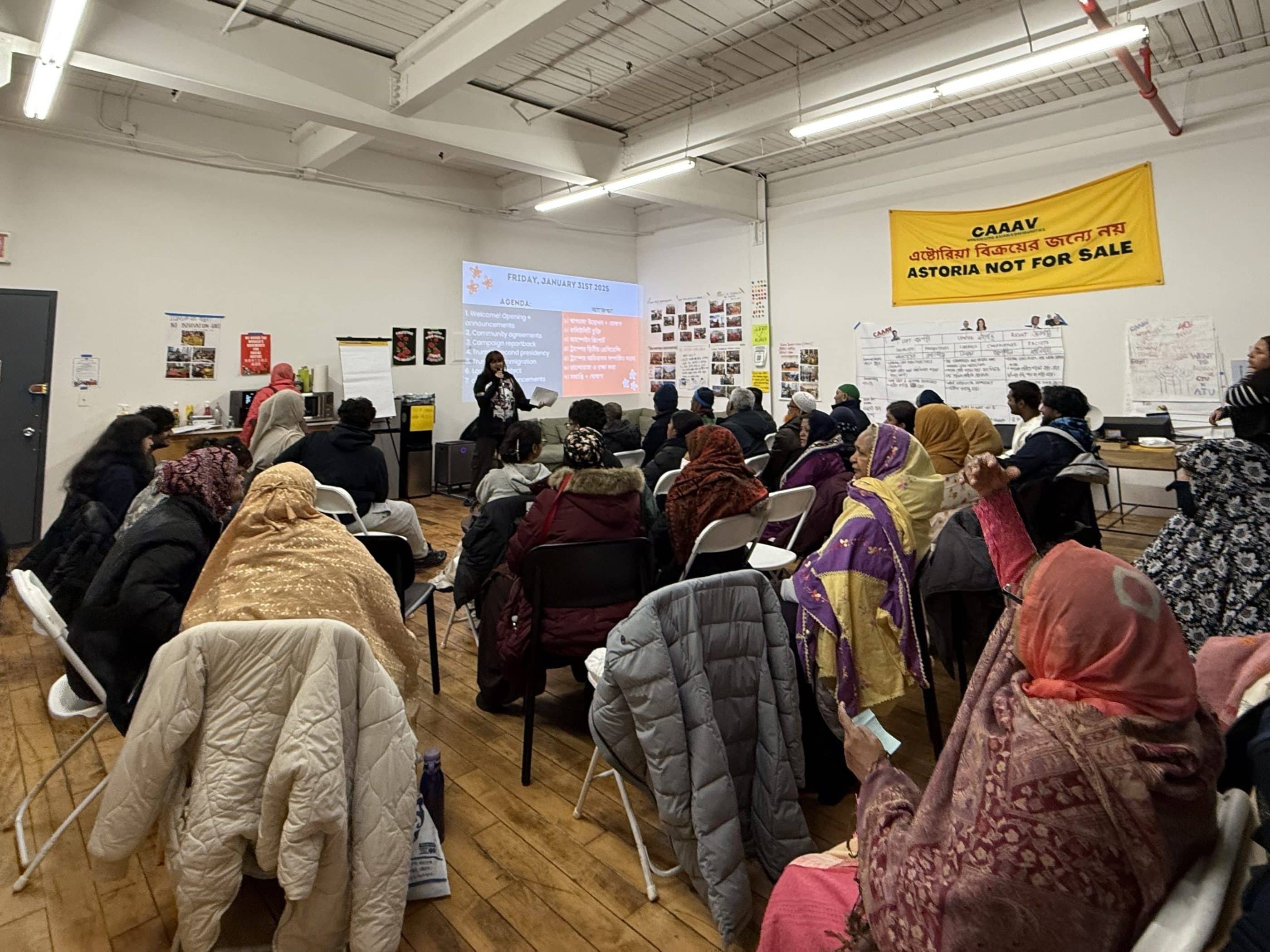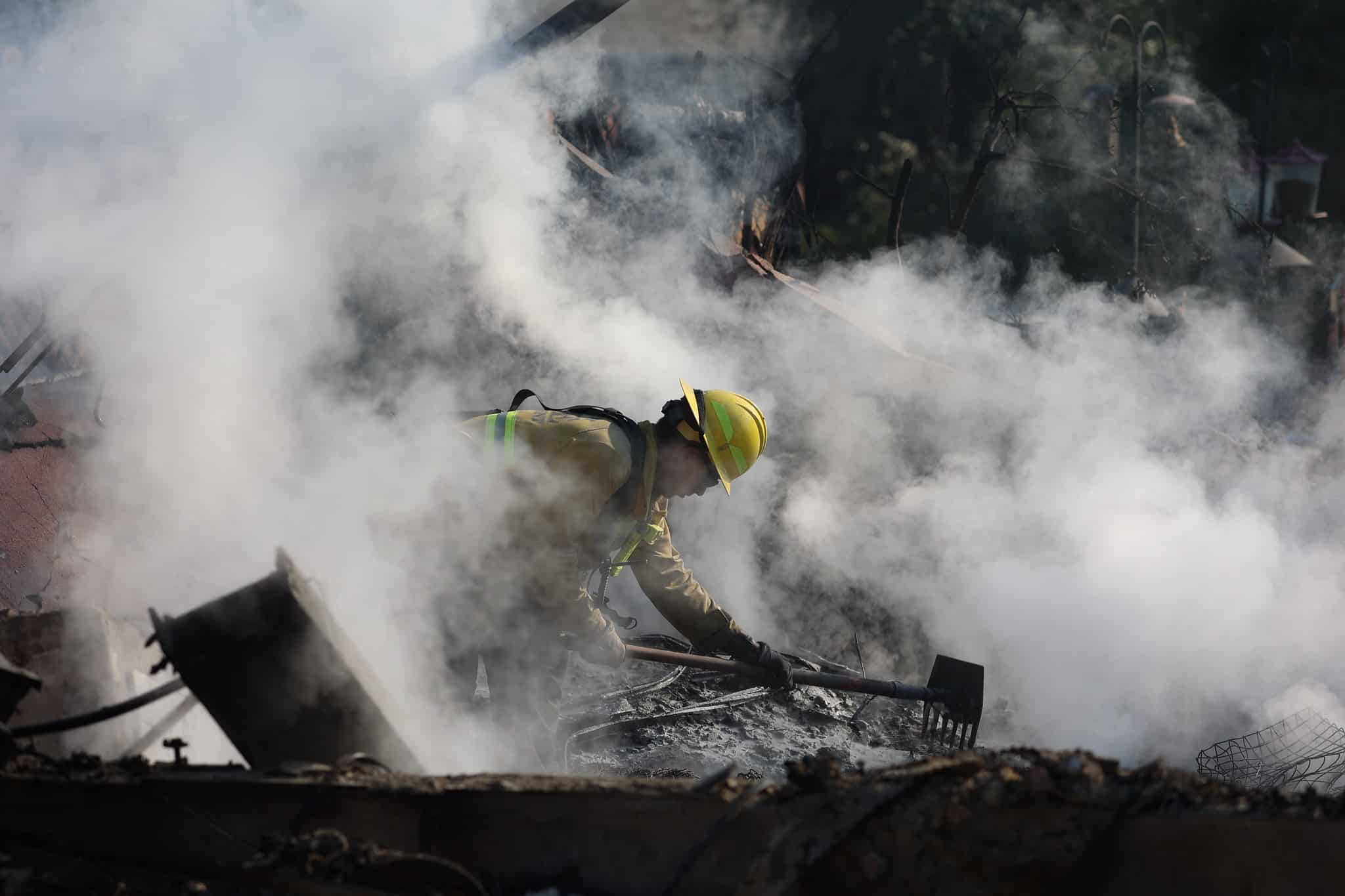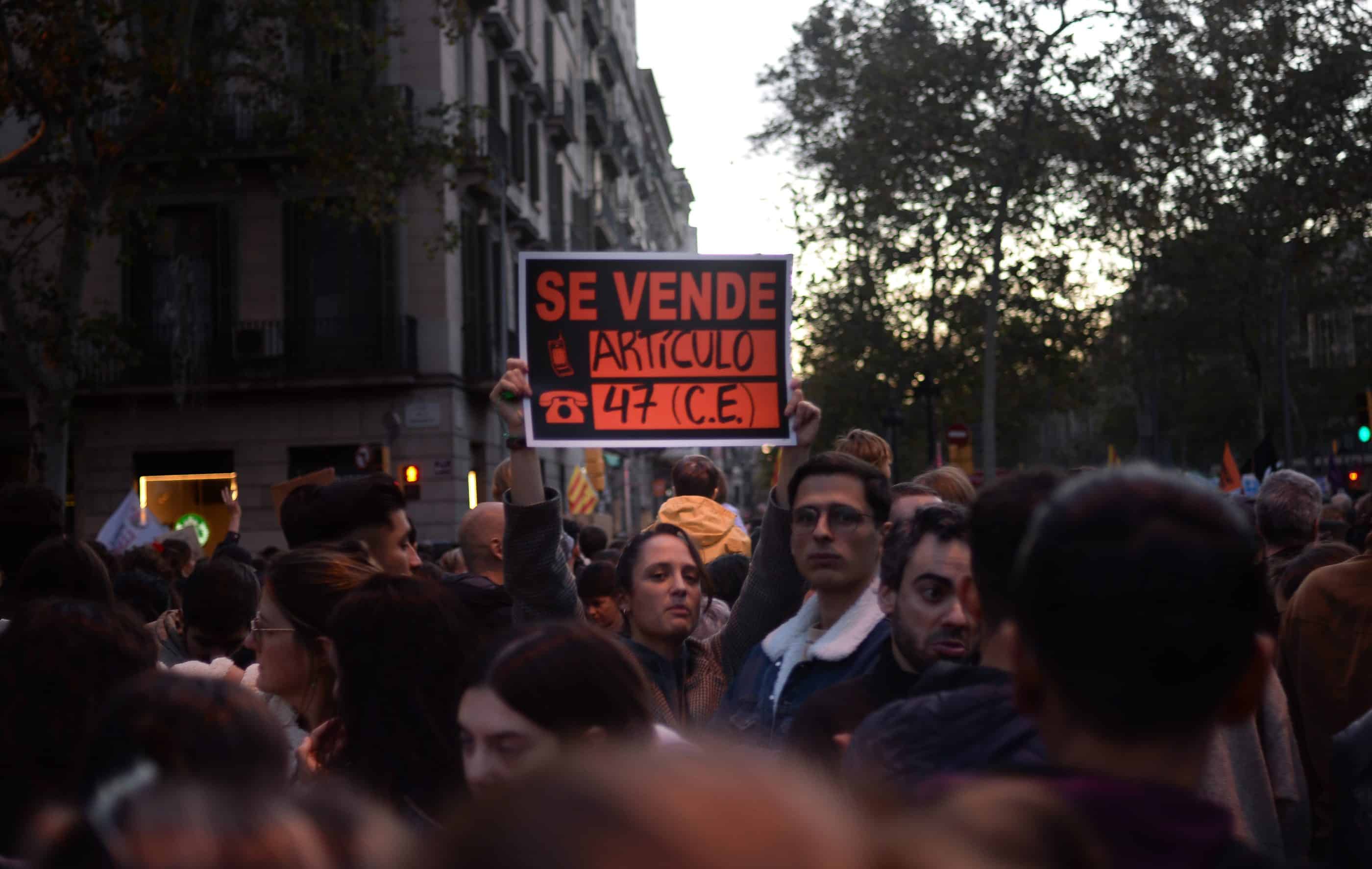The New York City Housing Authority’s (NYCHA) plan to build mixed income housing on some of its properties has prompted both admiration and suspicion. It also raises the question of what new ideas and approaches are needed to guide the preservation and revitalization of public housing in ways that protect and benefit current tenants.
Those focused on the perilous state of the agency’s finances, and the shortage of housing for all income groups in New York City applaud NYCHA’s resourcefulness in making land available for the development of mixed income housing alongside existing public housing buildings. This will add an estimated 4,000 new units of housing – 20 percent of them affordable – and the ground lease payments from developers will create a new stream of income for NYCHA to help manage the loss of federal, state and city subsidies. Others view the plan warily, including some tenant groups who protest the loss of open space and fear changes that may come to their neighborhood with higher income residents moving in.
NYCHA leaders may well be perplexed by these negative responses. In recent years, the agency’s financial challenges have been large and public, with deficits now running to nearly $200 million. With new federal, state or city subsidies unlikely, and the option of significant rent increases or service reductions deeply unattractive, leasing land for development would seem a win-win for tenants and the agency.
But the tension seems to be about something else, in fact, something largely unspoken: disbelief that new development could be beneficial for current tenants as well. We are without sufficient models for preserving and regenerating existing public housing. Public housing tenants in New York suggest it’s a slippery slope when developers draw near. Might that be because the principal model we have of addressing the financial, physical and social challenges of public housing in this country is the one where the tenants are required to leave, the buildings are demolished, and new, mixed-income developments appear in their place?
The Hope VI program, which replaced failing public housing with mixed income developments never made much sense in New York City, but one doesn’t need to have witnessed a public housing development emptied and demolished to know that this is the dominant practice nationally.
Where can tenants be shown examples of public housing transformation that did not involve displacement of tenants or demolition of buildings? Where are the models that feature thoughtful retrofitting of existing buildings to fix longstanding problems and make them safer and more attractive for current residents; sensitive re-planning of public housing superblocks to re-integrate them into surrounding neighborhoods; or new infill housing, retail and community facilities mixed and usable, well-maintained open space that improves the quality of their lives too. Where is the evidence that the original tenants were able to stay and benefit without significant rent increases? New York City may have to invent this alternative model. [Ed. See Mindy Fullilove on some European examples.]
NYCHA is an outlier among housing authorities both due to its vast size –178,000 units and its 600,000 plus tenants – and because of its success in maintaining its buildings in above average repair. New York City has not seen the kind of operating failures that led many cities to demolish their public housing. A noteworthy local exception is the Prospect Plaza development in Ocean Hill-Brownsville, Brooklyn, which underscored the point that Hope VI was not well matched to New York; the buildings were vacated for redevelopment under Hope VI ten years ago and a new development team was only selected in January of this year.
HUD’s newer program, Choice Neighborhoods, wisely looks at neighborhood context and housing conditions beyond public housing, but like Hope VI it is intended for “severely distressed” developments and begins with the presumption that existing buildings must be all but ready for the wrecking ball.
Need for a Change
Now, scoring passing grades on annual physical inspections does not mean your public housing buildings are in good condition, as most NYCHA tenants will tell you. The maintenance backlog is estimated at over $6 billion and tenants are used to waiting 18 months or more for repairs. Antiquated elevators and building systems and inadequate security make many properties hard for tenants to live in and hard for NYCHA to maintain.
What is failing inside the buildings is just part of the challenge. Like the rest of the nation’s older public housing, NYCHA developments don’t include needed retail services; they are cut off from the surrounding street grid and isolated within their own campuses. Parking lots, garbage collection activities and fenced in bits of grass take the place of real open space and many developments are located at the extreme edges of the city in low-lying areas vulnerable to storms (35,476 NYCHA units were affected by Superstorm Sandy).
While we are without a formal program for creating more sustainable, mixed income public housing neighborhoods without demolition and displacement, we are not without ideas and examples.
Jane Jacobs described a possible approach to “salvaging the projects” in Death and Life of Great American Cities, which was written in 1961 in the heyday of public housing construction. She anticipated with eerie prescience the livability issues that would emerge in developments that were disconnected from the surrounding neighborhood street pattern and established no control over public space. Jacobs began with the assumption that the cost sunk in public housing was too great to demolish the buildings and start over, and that the task was to improve them.
She urged “reweaving” the buildings back into the surrounding neighborhood by re-connecting the superblocks to the adjacent street system, to introduce diversity, especially different types of property uses and activities within the blocks and improve the living environment for residents, particularly the security of public spaces in the buildings.
With the help of architect Alexander Gorlin, we’ve been investigating whether it is feasible to redesign public housing blocks in this way and make these improvements without demolishing anything or displacing anyone. It turns out that Jacobs's ideas aren’t just theory but can work in practice. Her insights are as relevant and pragmatic now as when they were written 52 years ago.
There are also examples of redesigned and improved public housing to prove the point that properties can be transformed without significant demolition or displacement of tenants. La Tour Bois-de-le-Pretre, a public housing tower on the outskirts of Paris, was re-clad in an efficient curtain wall system that reduced energy costs by 60 percent within a year, added space and light in tenant apartments and enabled the reconfiguration and improvement of building common spaces. Closer to home, the Boston Housing Authority reconfigured several failing developments, including the Commonwealth Development, a process recounted in Larry Vale’s Reclaiming Public Housing: A Half Century of Struggle in Three Public Neighborhoods. Vale also describes less successful attempts to improve failing developments, while providing insight on the factors that made the Commonwealth turnaround a success.
NYCHA and its tenants and indeed the country need both a vision and additional tools beyond Hope VI and Choic, to assist “not bad enough to demolish but not good enough for people we care about to live in” public housing. We need ways of enabling more inspired and comprehensive improvements to existing public housing developments.
As a starting point, what keeps us from pursuing attractive building retrofits like Bois-de-la-Pretre, that soon pay for themselves in energy savings? And why not encourage bolder and more comprehensive urban design and site planning that reconnects public housing blocks to their surrounding neighborhoods, creates genuinely usable and attractive public space, enables retail and infill housing development that can also help finance the improvements? Why not form secure agreements with existing tenants that they will not be displaced? NYCHA’s development program provides an opportunity to create the new model that is needed for preserving and improving public housing.
(PHOTO: Tour Bois-le-Pretre, by Adam Roberts, used by permission.)




Ms. Haggerty, writes an article that opens up the imagination. Too often we have seen the destruction of public housing as the only option. One can’t begin to think about the fallout if the Grant Houses in Harlem were to be demolished. What would happen to the thousands of displaced families?
Rob
The Hope VI redevelopment at Mission Main in Boston is an example of a tenant driven deal. In a nutshell, all residents were given the right to return after new construction, without credit checks. Out of 535 units 300 are for folks below 35% of median income (with 4 subtiers, ensuring that a certain # of units would always be available for folks on welfare) 135 units were for folks between 35% and 60% of median income, as this was a tax credit deal in part. 90 units are market rate.
The Mission Main Tenant Task Force is a 50/50 partner in the deal. All management policiy decisions are by consensus. MMTTF got 10% of the Developer fee (about $800,000) and gets 10% of the cashflow from the market rate units.
There is so much more. The for profit developers have learned that tenants add value to a deal. I would add that the ONLY way you can truly transform a neighborhood is with residents as equal partners. Residents learn to think like owners and owners like residents, and will then compromise on key issues.
There is so much more to share. We will soon be at the end of the 15 year tax credit compliance period, and MMTTF has a right of first refusal, if it is up for sale, and can renogotiate a new partnership agreement. Stay tuned for more tenant power and more money moving to the non profit side of the ledger.
There is a history of tenant conversion to co-op dating back 75 years when many Lanham Act was housing projects were converted to tenant owned cooperatives. Public housing conversion includes successful co-ops at Armistead Gardens in Baltimore and Success Village in Bridgeport CT.
In the 1960s Racine Courts in Chicago succesfully converted, and in 2009, Mott Haven Vicory in the Bronx converted to co-op.
See Fall 2011 Cooperative Housing Bulletin (www.coophousing.org) for an article by Charles Daas, and Housing Policy Debates 1995f for an article by Bill Rohe.